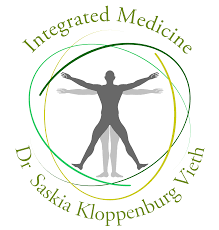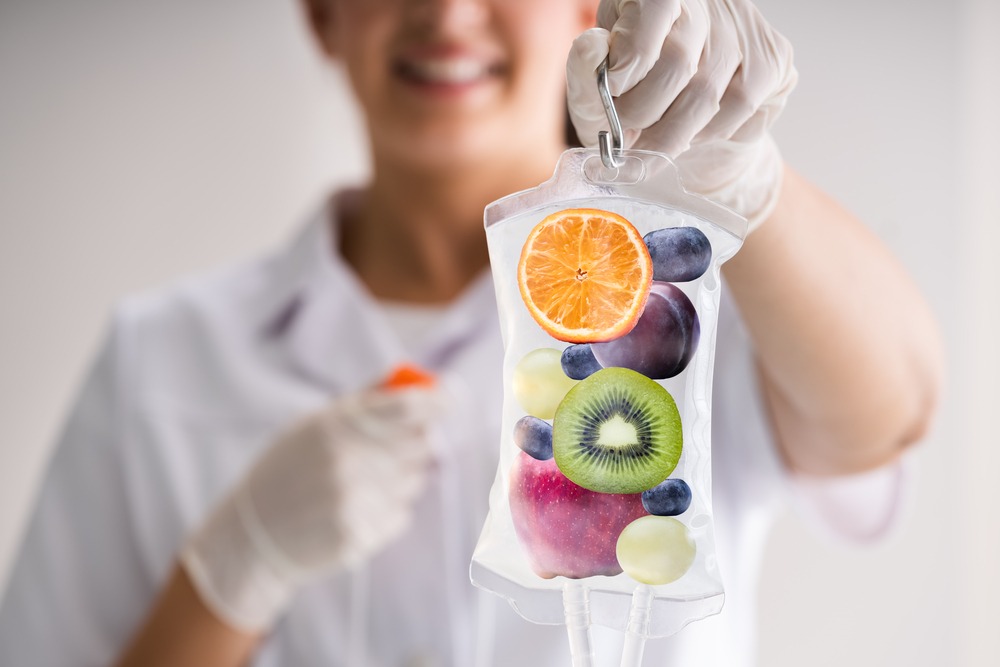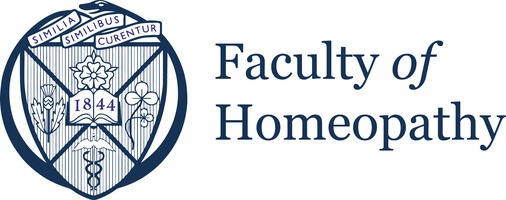There are limited studies artemisia for other health conditions. In one RCT, a low-dose artemisia formulation shows clinically relevant pain reductions in patients with hip or knee osteoarthritis (3). A recent study has indicated long term safety, with improvements maintained at 6 months. Studies in advanced cancer patients have suggested that oral add-on artesunate, an artemisinin derivative, is well tolerated, although ototoxicity monitoring is needed (13) (21). Different studies showed that oral artesunate did not produce a response (29) (30), although modest clinical activity was seen with intravenous administration (30). Further research is needed to determine the conditions under which compounds derived from artemisia may be safe and effective.
The active component of A. annua, Artemisinin, makes use of its antimalarial effects by free radicals formed via cleavage of the endoperoxide bond in its structure, which are responsible for eradicating the Plasmodium species (23). It also induces apoptosis and cell cycle arrest of Leishmani donovani promastigotes (8), has antiproliferative effects on medullary thyroid carcinoma cells (2), and by modulating p38 and calcium signalling (14),
induces apoptosis in a lung cancer cell line.
Research has indicated that it significantly inhibited cell growth and proliferation, and caused G1 cell-cycle arrest in neuroblastoma cell lines (25). Dihydroartemisinin, a semisynthetic derivative of artemisinin, demonstrates anti-inflammatory activity by attenuating COX-2 production via downregulation of serine/threonine kinase and MAPK pathways (24). Recent findings suggest that dihydroartemisinin-triggered apoptosis in colorectal cells occurs through the ROS-mediated mitochondria-dependent pathway (26).
Artemisinin works as a hormone regulator, specifically reducing excess prolactin and oestrogen in breast cancer. It is activated by ionic ferrous iron, which cancer cells accumulate. Iron is an essential compound for cancer cell proliferation. Most cancer cells have high rates of iron intake and express a high concentration of transferrin receptors on the cell surface. The rapid growth of abnormal cells utilise relatively large amounts of iron, mainly in the form of holotransferrin.
Dihydro-artemisinin has a peroxide bond that is activated by iron in order to generate hydrogen peroxide. This free radical of Oxygen stresses cancer cells, which are always deficient in peroxide-neutralizing catalase enzyme. Normal cells with catalase can harmlessly dissipate the peroxides. Healthy cells are approximately 100 times less vulnerable to dying from artemisinin than cancer cells. In cancer cells, the high-valent oxo-iron species create a surge of endoperoxides, depolarizing the mitochondrial membranes and cause a disruption in the electron transport chain.
Other important actions of artemisinin:
- Essential in the regulation of P53 DNA repair gene and cyclin dependent kinases
- Induces apoptosis and slows growth in cancers such as fibrosarcoma, lymphoma, breast, pancreatic, oesophageal, prostate, and ovarian/fallopian/peritoneal carcinomas, squamous cell carcinomas and liver hepatocellular cancer
- Artemisinin eases down-regulation of nuclear factor kappa B, which is the master control gene for inflammation. A sign of intense inflammation in the cancer cell is high blood levels of CRP and ESR, and also mid- to high-normal LDH. These markers can help to indicate which patients are good candidates for artemisinin therapy.
- Aids in the inhibiting angiogenesis , which disrupts the blood supply to tumours.
- Regulates important epigenetics or DNA silencing, including methylation and histone protein acetylation.
- Targets translationally controlled tumour protein TCTP
- inhibits cysteine protease enzyme, and also a SERCA-type calcium transporter enzyme.
What makes the properties of artemisinin and its derivatives integral components of complementary cancer therapy are its antineoplastic properties. While being tested by the National Cancer Institute in the USA, specifically for it anti-cancer activity on 55 of the most common cancer cell lines, the study (23) showed breast, prostate, ovary, colon, kidney, CNS and melanoma cells showed an increased Artesunate sensitivity. Further research noted a specific sensitivity to diffuse large B-cell lymphoma cells [24,25]. Clinical studies on patients with breast, cervical, liver and lung cancer have shown tumor reductions of up to 70%, a short-term increase in lifespan and even remission [26-28].
Artemisinin derivatives also showed synergistic effects with chemotherapeutic agents. When used in combination with gemcitabine in pancreatic carcinoma, growth inhibition was increased fourfold in vitro and in vivo, with the apoptosis rate also being doubled compared to monotherapy with gemcitabine [29]. An additional study indicated increased inhibition of metastasis and cancer cell growth in murine Lewis lung carcinoma cell lines when used in conjunction with cyclophosphamide compared to monotherapy [30].
Cancer cells are often characterized by developed resistance to chemotherapeutic agents. A combination of artesunate with doxorubicin and pirarubicin showed increased cytotoxicity in K562/ADR leukaemia and GLC4/ADR lung carcinoma cells [31].
Along with the above , sensitization was also seen in combination with cisplatin in ovarian carcinoma [32]. Even independent of p53 status, artemisinin was capable of inducing strong sensitization to gemcitabine in hepatocellular carcinoma cells [33].
Due to artemisinin and its derivatives' ability to selectively disrupt tumour growth, its cell cycle and proliferation pathways [34], it has an anticarcinogenic effect. This process can be traced back to the particular properties of the tumour cells, such as increased metabolism, increased blood flow and thus increased iron and transferrin levels.
In conjunction to being well tolerated, artemisinin derivatives are also known to have an antineoplastic effect.
The anti-carcinogenic effect is based on the structural endoperoxide bridge, which can form cytotoxic radicals with heme groups or intracellular iron. These radicals primarily lead to cell cycle arrest and disrupt proliferative pathways [35-37].
The reason for this specific effect against cancer cells is due to their increased metabolism, their increased requirement for iron and their increased number of transferrin receptors when compared to normal cells [38, 39-42].
In addition, artemisinin and its derivatives were able to induce various cellular signalling pathways that led to apoptosis or necrosis in gastric and oesophageal tumour cell lines [44-46,47]. Along with this, artemisinin derivatives showed a reduction in the risk of metastasis by increasing cell adhesion [48].
Adverse effects
Case reports
- Hepatitis: In a 52-year-old man following consumption of a herbal supplement containing artemisinin (17).
- Acute cholestatic hepatitis: In a patient due to ingestion of artemisia tea as prophylaxis against malaria (31).
- Delayed hemolytic anaemia: Two cases after either oral or intravenous therapy with artemisinin-based treatment for malaria (32) (33). It is thought this reaction may be related to higher parasite loads (32).
- Ototoxicity and vertigo: Possibly related to oral artesunate, an active artemisia compound, among several advanced breast cancer patients in a safety trial (13) (21). The study drug was otherwise largely well tolerated among patients.
- Dermatitis: With topical use of artemisia (11).
Drug interactions
CYP450 substrates: In laboratory studies, artemisia extracts induced CYP2B6 and CYP3A4 (27) and may affect the serum concentration of drugs metabolized by these enzymes. Clinical relevance has yet to be determined.





